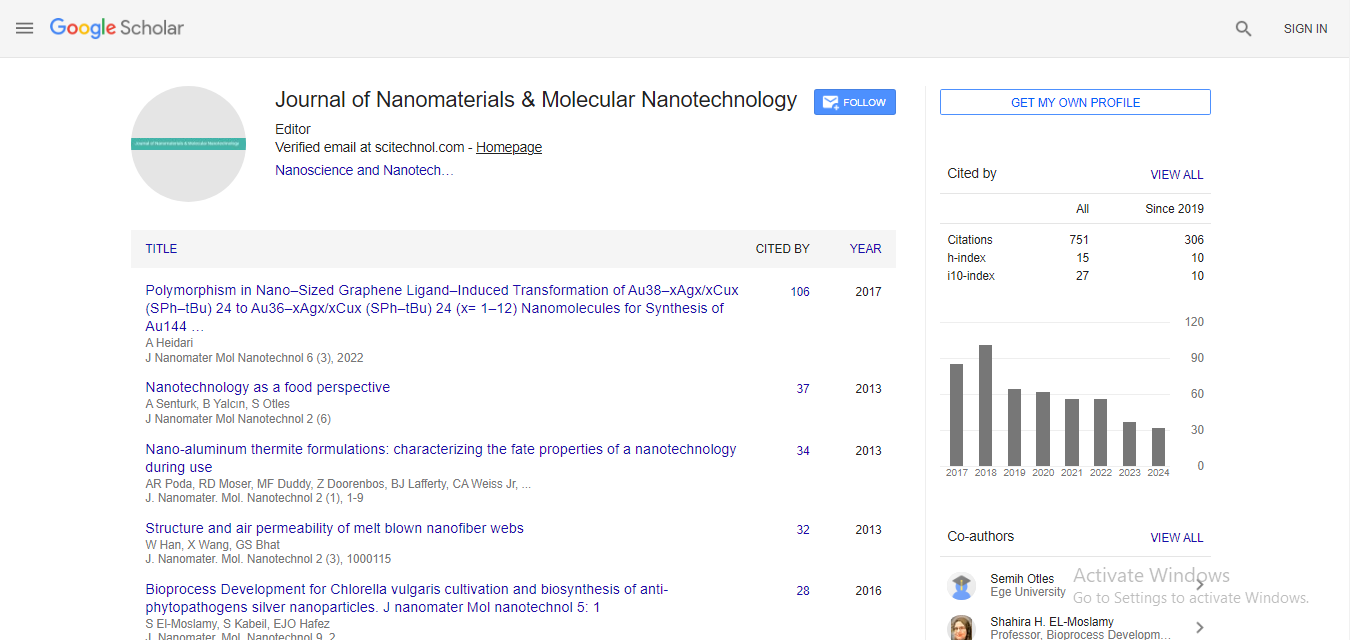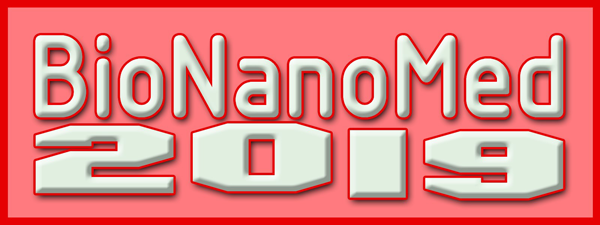Delivery of lethal dsRNAs in insect diets by branched amphiphilic peptide nano-capsules
John M Tomich and L Adriana Avila
Kansas State University, USA
: J Nanomater Mol Nanotechnol
Abstract
Branched Amphipathic Peptide Capsules (BAPCs) are biologically derived, bilayer delimited, nano-vesicles capable of being coated by or encapsulating a wide variety of solutes. The vesicles and their cargos are readily taken up by cells and become localized in the peri-nuclear region of cells. When BAPCs are mixed with DNA, the BAPCs act as cationic nucleation centers around which DNA winds. The BAPCs-DNA nanoparticles are capable of delivering plasmid DNA and RNAs in vivo and in vitro yielding high transfection rates and minimal cytotoxicity. In this study, we inhibited expression of two insect genes, BiP and Armet, through the ingestion of dsRNA complexed with BAPCs. The dsRNA-BAPCs complexes were added to the diets of two insect species from two Orders: Acyrthosiphon pisum and Tribolium castaneum. The gene transcripts tested (BiP and Armet) are part of the unfolded protein response (UPR) and suppressing their translation resulted in lethality. For Acyrthosiphon pisum, ingestion of <10 ng of BiP-dsRNA associated with BAPCs led to the premature death of the aphids (t1/2=4 - 5 days) compared to ingestion of the same amounts of free BiP-dsRNA (t1/2=11-12 days). Tribolium was effectively killed by ingestion (by larvae only) using a combination of BiP-dsRNA and Armet-dsRNA complexed with BAPCs (75% of the subjects, n=30) died as larvae or during eclosion (the emergence of adults from pupae). Feeding the two dsRNA alone resulted in fewer deaths (30% with n=30). These results show that complexation of dsRNA with BAPCs greatly enhances the oral delivery of dsRNA over dsRNA alone in the diet. This approach provides a simpler method of delivering dsRNA compared to microinjection for studying in vivo protein function and for developing novel strategies for pest management.
Biography
John M Tomich’s lab interests have focused on utilizing Nature’s rules for peptide self-assembly to design new structures with unique properties. We currently study patented nano-capsules formed by the self-assembly of branched amphipathic peptides. They are water-filled, bilayer delimited, nanospheres. Three uniform sizes can be generated 10, 25 and 45 nm. They are readily taken up by cells, escape the endosomes and are able to resistance to the cell’s degradative machinery. The unusual strength of these capsules has allowed for entrapment, retention and delivery of the alpha emitting radionuclide 225Actinium and its daughters. They can also be used to deliver large plasmid DNAs with efficiencies that exceed commercial agents such as Lipofectin® but without the cytotoxicity making them viable in vivo transfection agents. In recent studies, we have delivered new DNA vaccine directed against E7 of HPV-16 that is protective as well as therapeutic in xenografted nude mice.
Email: jtomich@ksu.edu
 Spanish
Spanish  Chinese
Chinese  Russian
Russian  German
German  French
French  Japanese
Japanese  Portuguese
Portuguese  Hindi
Hindi 



